About the photographs: The photos accompanying this story were taken in Iran in 2022 and 2023, as a series of portraits of citizens who were deliberately blinded by security forces during anti-regime protests. The Globe and Mail is keeping the photographer’s name confidential because of the dangers journalists face in Iran. All the subjects shared their stories on social media, and said they want these images seen outside Iran so the regime can be held accountable for its alleged crimes.
When security forces arrived on motorcycles at the crowded transit station in central Tehran in October, 2022, they came carrying birdshot. Mersedeh Shahinkar and the other anti-government protesters gathered there soon learned why.
“I was shouting at them, asking them not to shoot. They looked at me, and shot me straight in my right eye,” she recalls, speaking through a translator in Germany, where she now lives. “I could literally hear my eyeball bursting. There was blood everywhere.”
Ms. Shahinkar collapsed in pain, then was driven to a local medical clinic where staff told her they couldn’t help her because the government had warned them not to treat protesters. A doctor took pity and hid Ms. Shahinkar in a back room, washing and bandaging her eye. He sent her to a hospital where she had to pretend her eye had been injured by a rock. It was a risky move, she says, because Iranian security officials were going from hospital to hospital arresting people they believed had been participating in the demonstrations.
The date was Oct. 15, 2022, almost a month after 22-year-old Mahsa Amini died in police custody in Tehran after being arrested for allegedly violating Iran’s mandatory headscarf law. Her high-profile death sparked civil unrest, with daily, nationwide protests that called for the end of the Islamic Republic of Iran’s repressive rule. Iran’s theocratic rulers responded with a violent crackdown, killing hundreds and arresting thousands. It was at one such protest that Ms. Shahinkar was blinded.
The campaign to stop the protesters is led by the Islamic Revolutionary Guard Corps, the powerful military force that oversees the regime’s security. The Revolutionary Guard has employed torture, as well as live fire and armoured vehicles to kill protesters as it seeks to prevent the movement from growing.
It wasn’t until after she was released from hospital that Ms. Shahinkar saw other protesters sharing similar stories on social media and began to suspect the Iranian regime was strategically using blinding as a weapon to suppress the uprising. Doctors in Iran counted more than 580 protesters blinded in the first six months after the uprising began, according to Iranwire, a news website run by Iranian journalists around the globe and citizen journalists inside Iran.
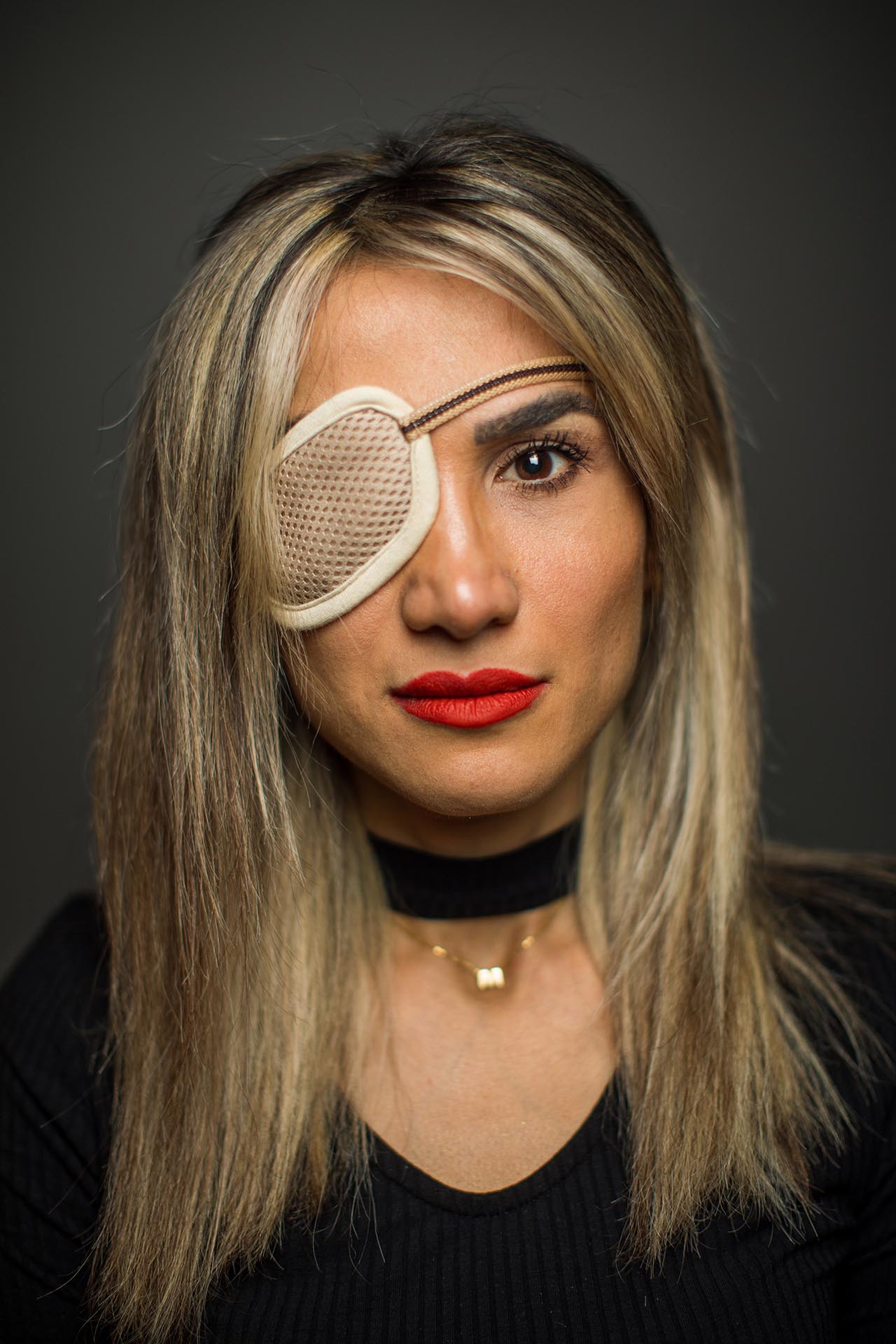
Mersedeh, 38, physical education teacher.
Blinded in Tehran.
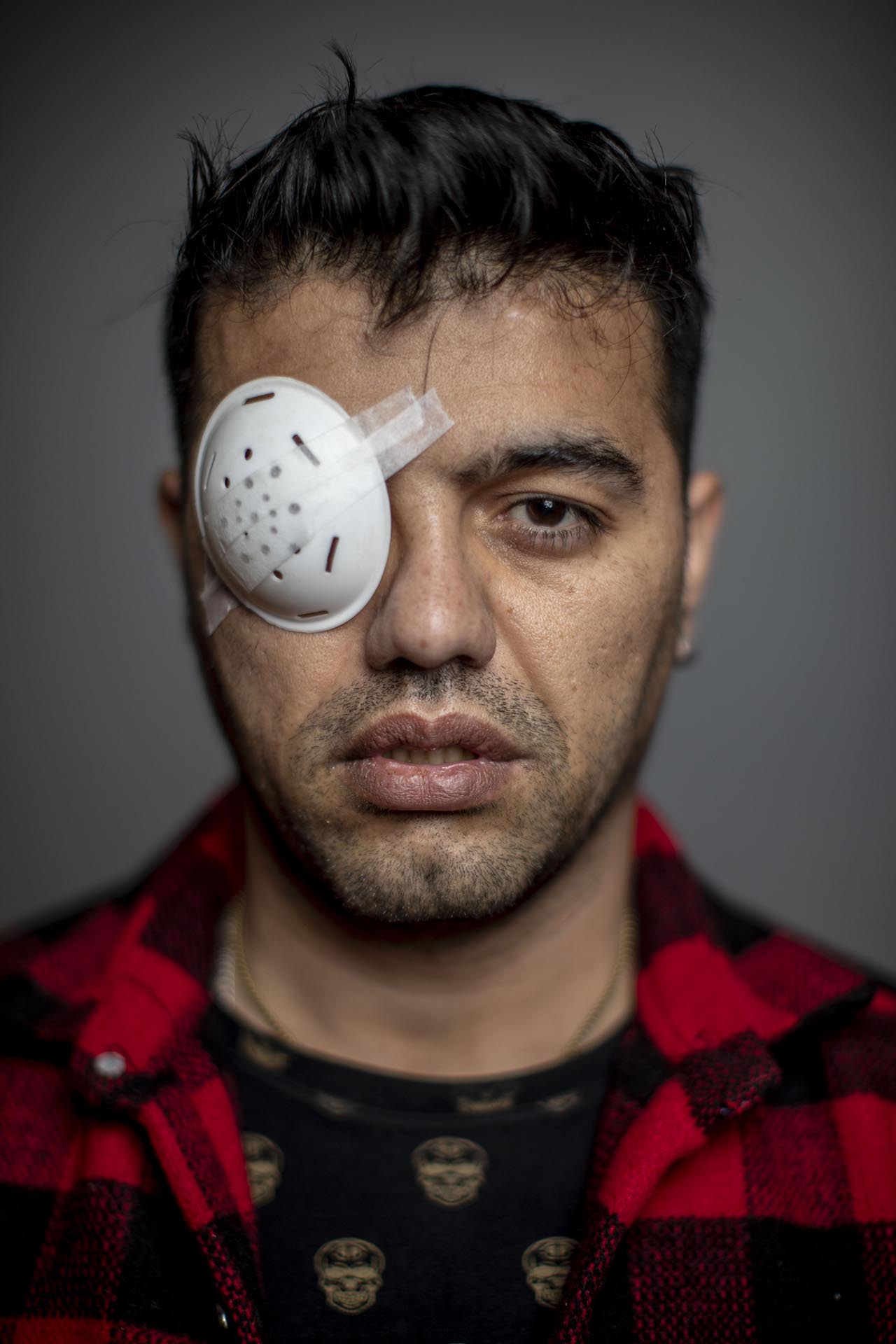
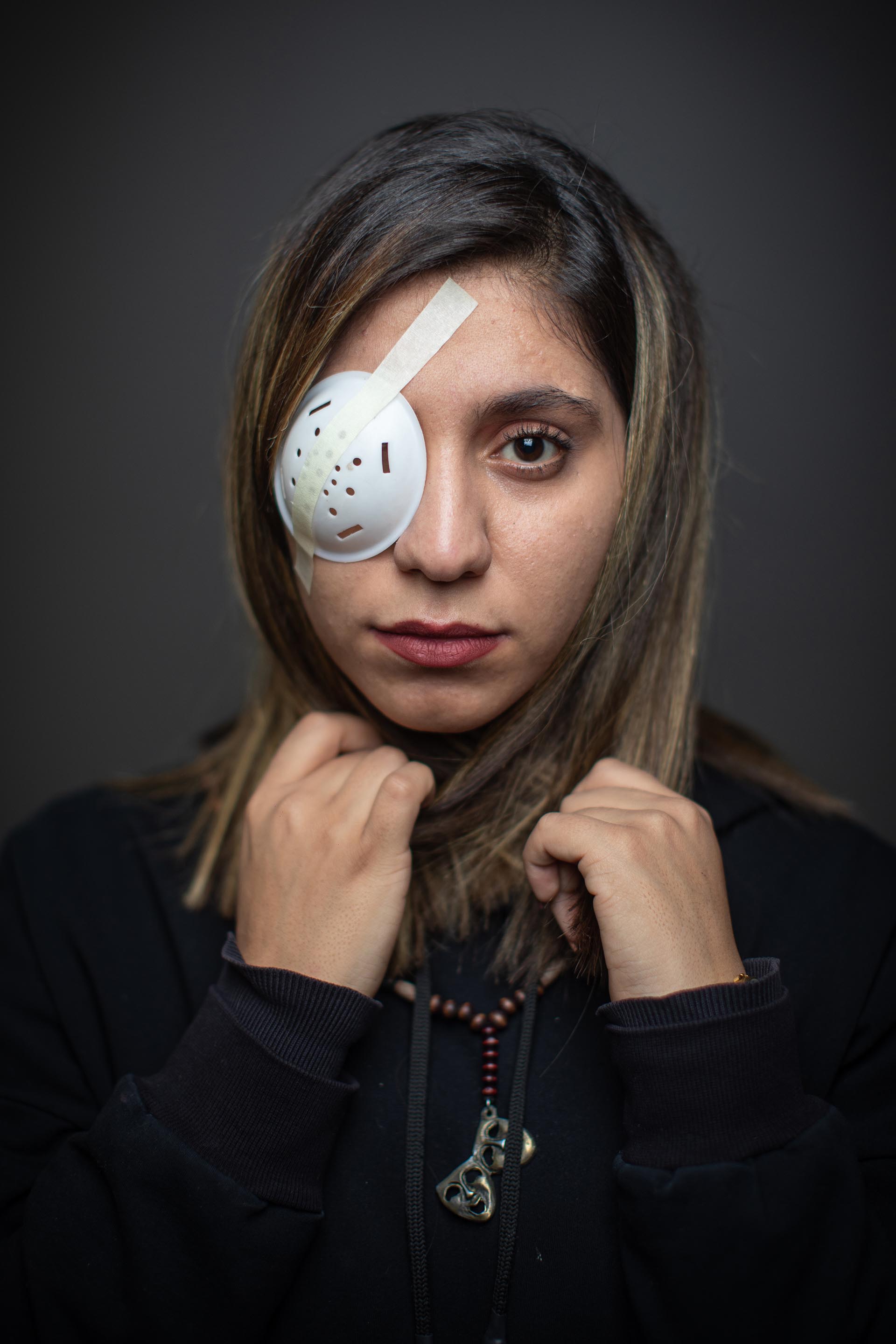
Mohammed, 32, actor.
Blinded in Tehran.
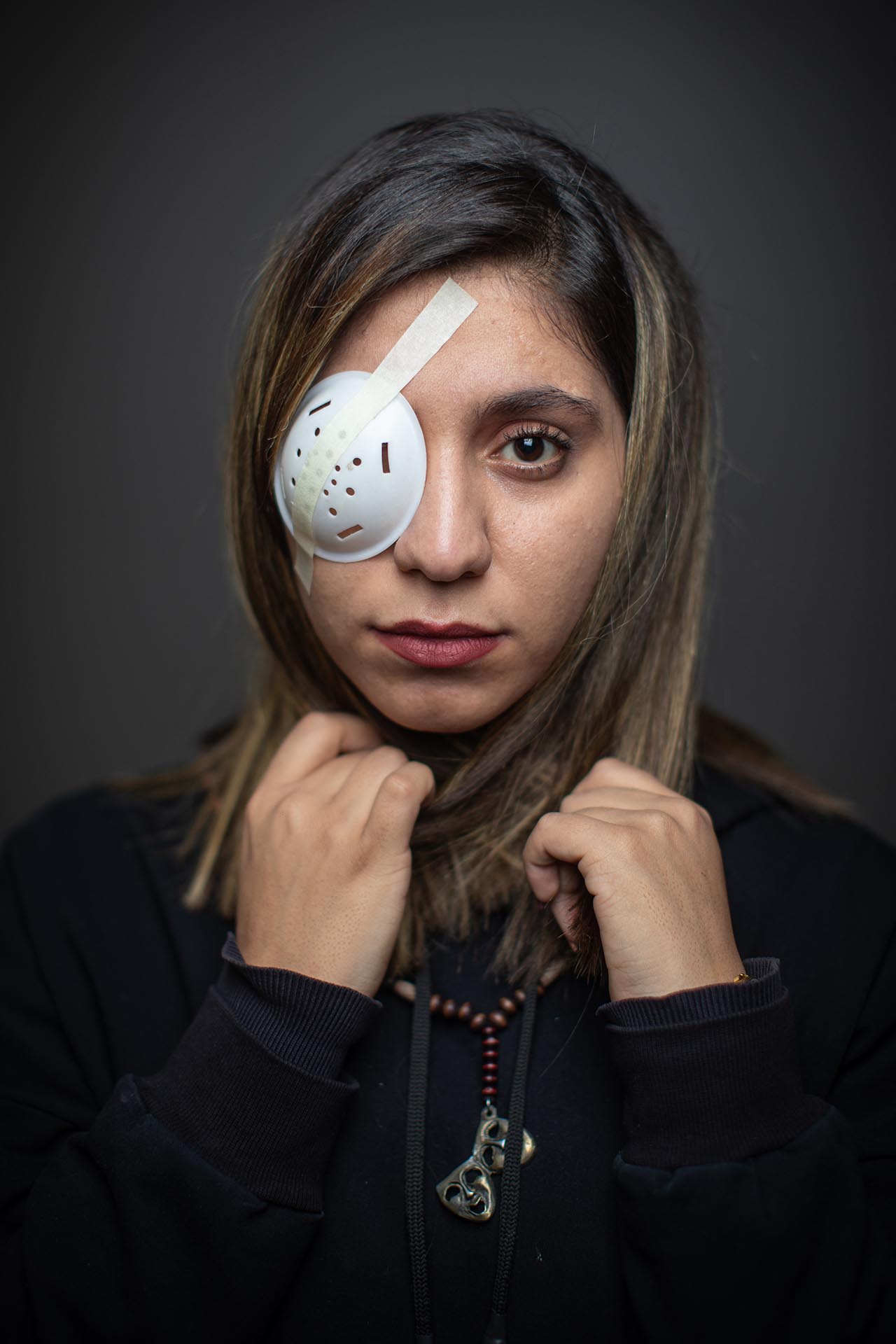
Kowsar, 23, actor.
Blinded in Tehran.
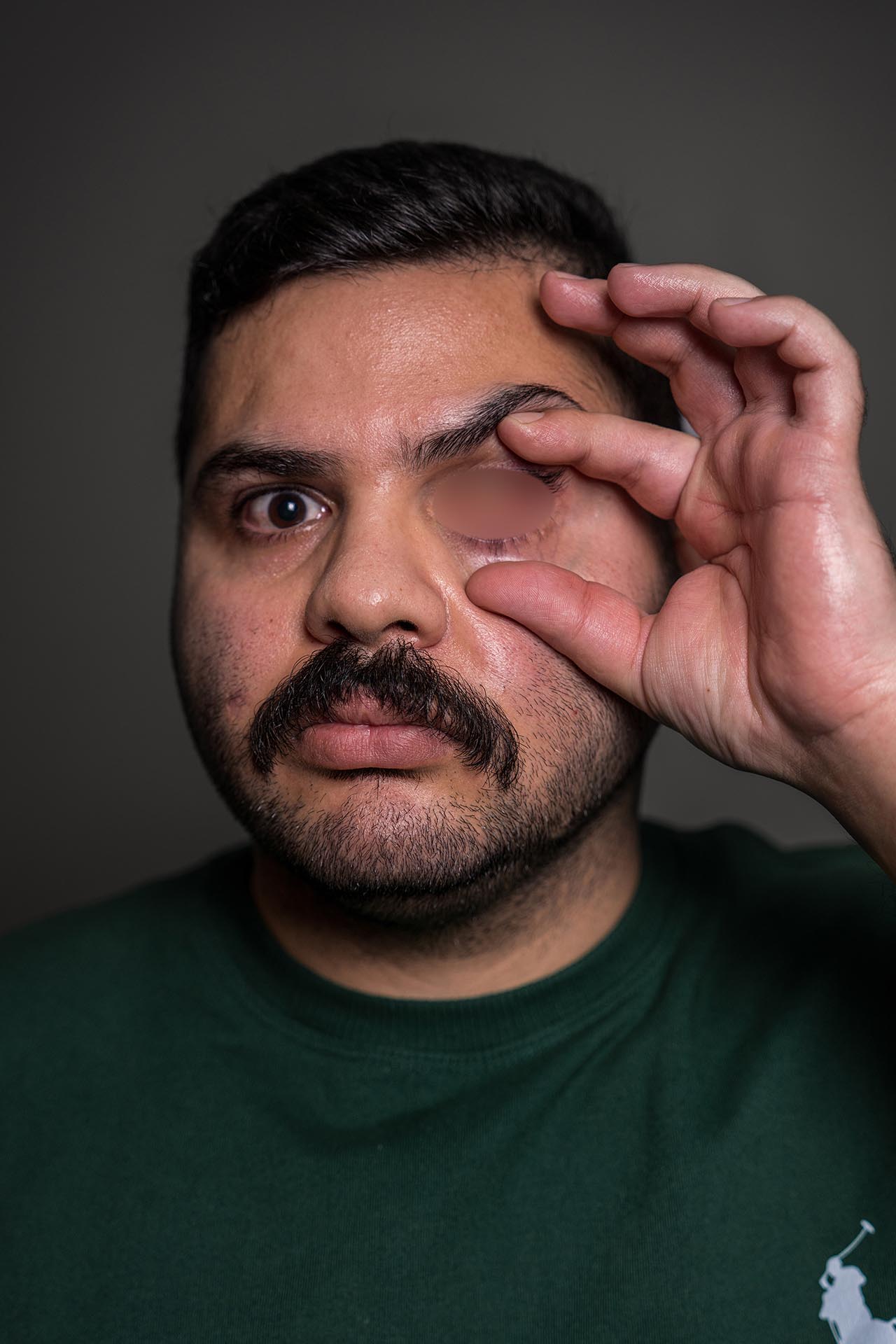
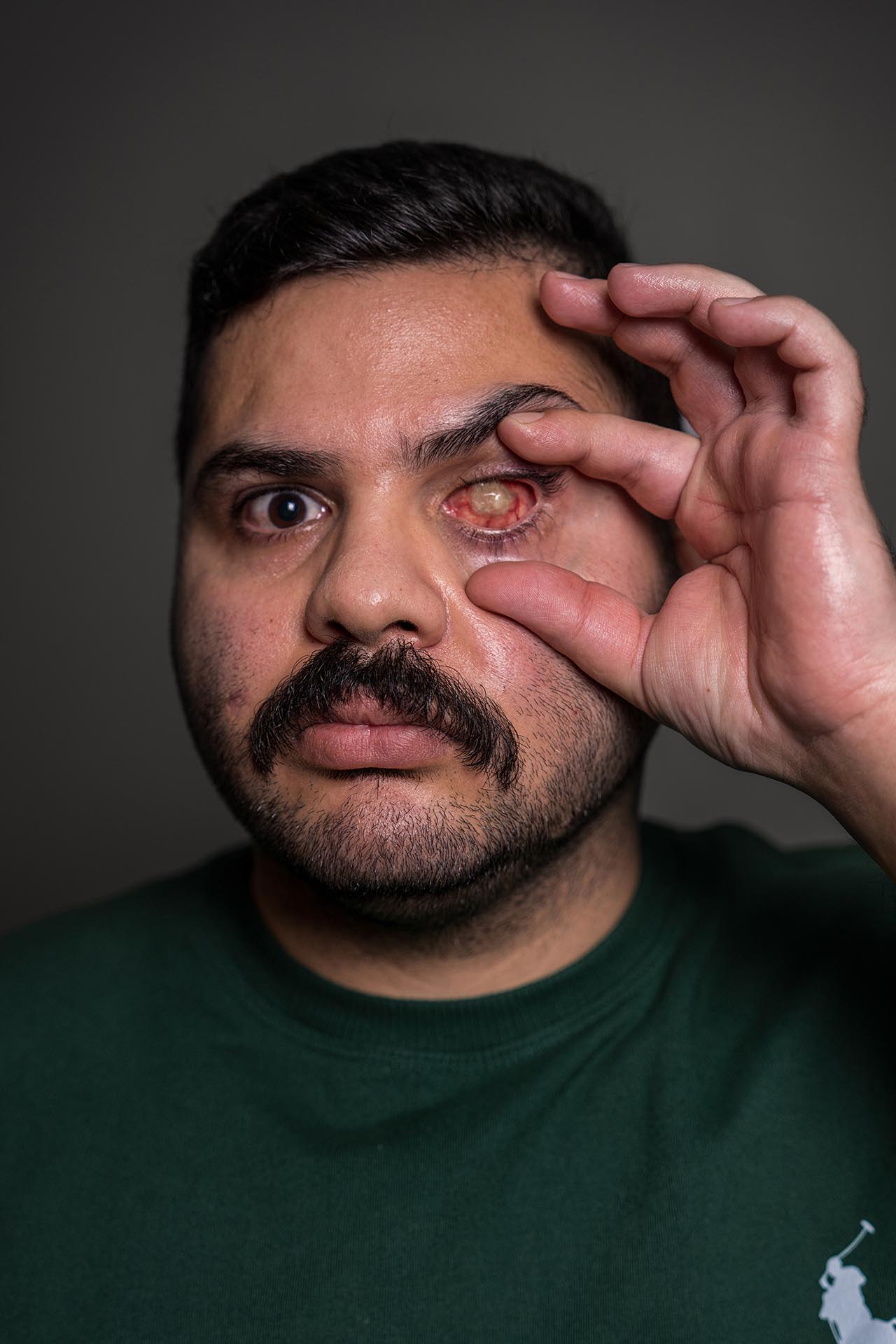
Mohsen, 31, monument dealer.
Blinded in Amol.
Warning: This photo contains graphic content that viewers may find disturbing.
For many protesters, blindness became a badge of honour, and their images soon spread around the globe. Elaheh Tavakolian, a young Kurdish woman who was shot in the eye on Sept. 20, 2022, posted to Instagram in order to draw attention to her government’s attempts to quell dissent.
“You aimed at my eyes, but my heart is still beating,” she captioned her photograph, in English. She added that the sound of her crying in hospital “undoubtedly reaches further than the sound of your gun.”
Ms. Shahinkar says the blindings serve only one purpose, to discourage people from joining protests in the streets. In Iran, there is no space for peaceful dissent, she said.
“It’s deliberate,” she said. “It’s meant to put fear in people. It’s meant to intimidate them.”
The image of her bloody face went viral, and promoted such a response in Iran that the government considered her a “threat to the country’s security” and began to track her movements. Police searched her house and threatened her safety, she said. When they returned to her home again, she decided to leave Iran, and took her 11-year-old daughter to Munich.
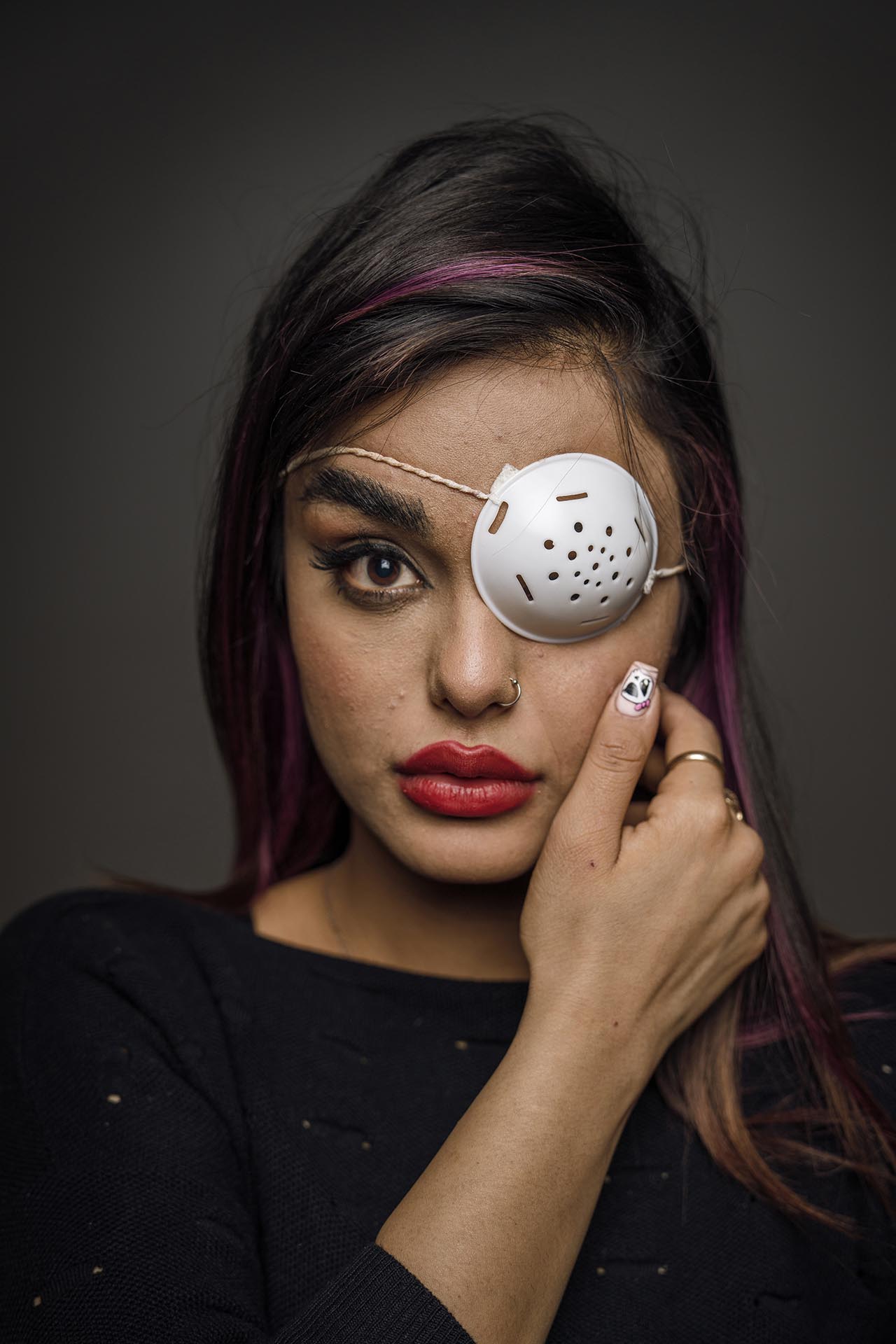
Zoha, 25, tattoo artist.
Blinded in Isfahan.
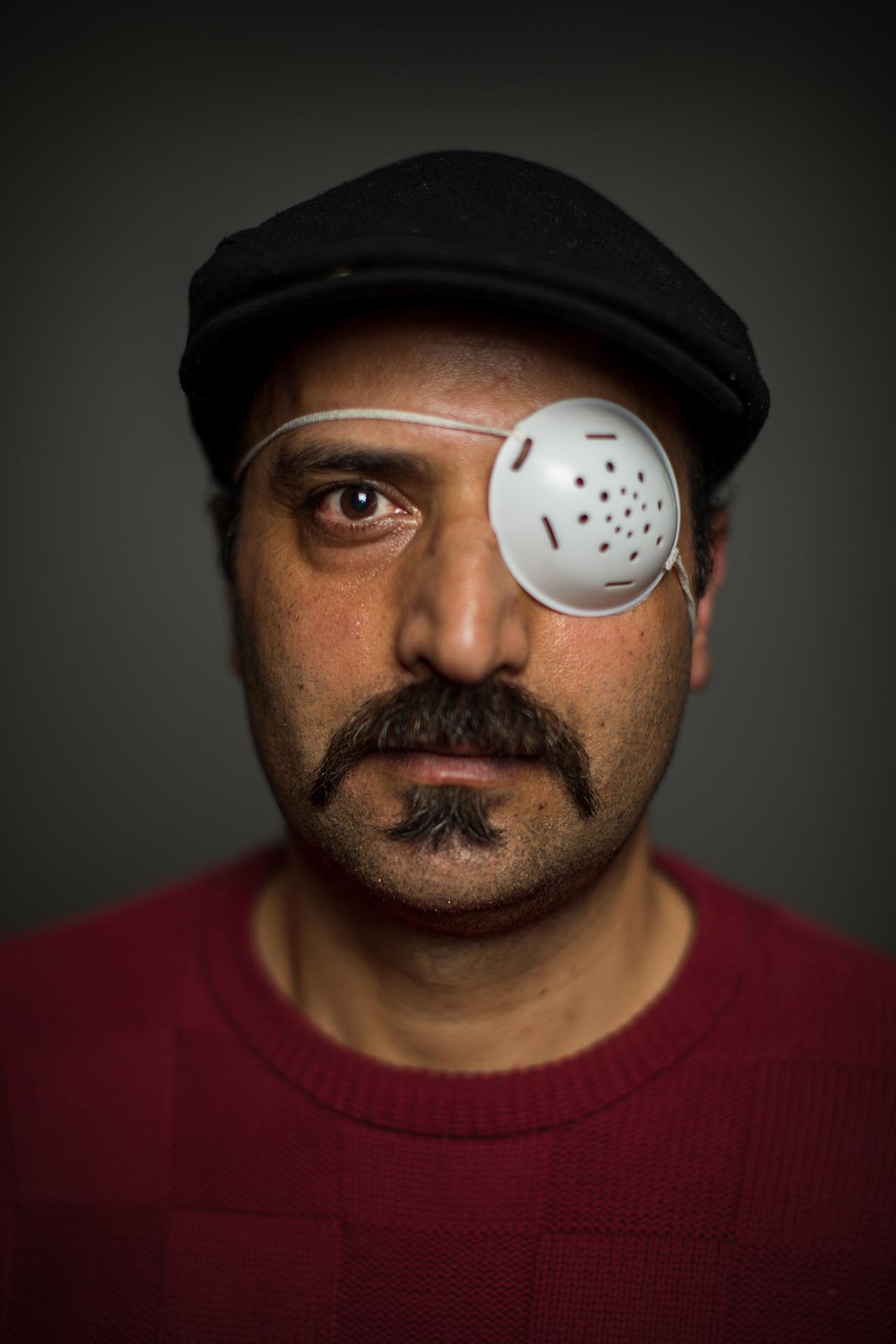
Heresh, 39, actor and director.
Blinded in Sanandaj.
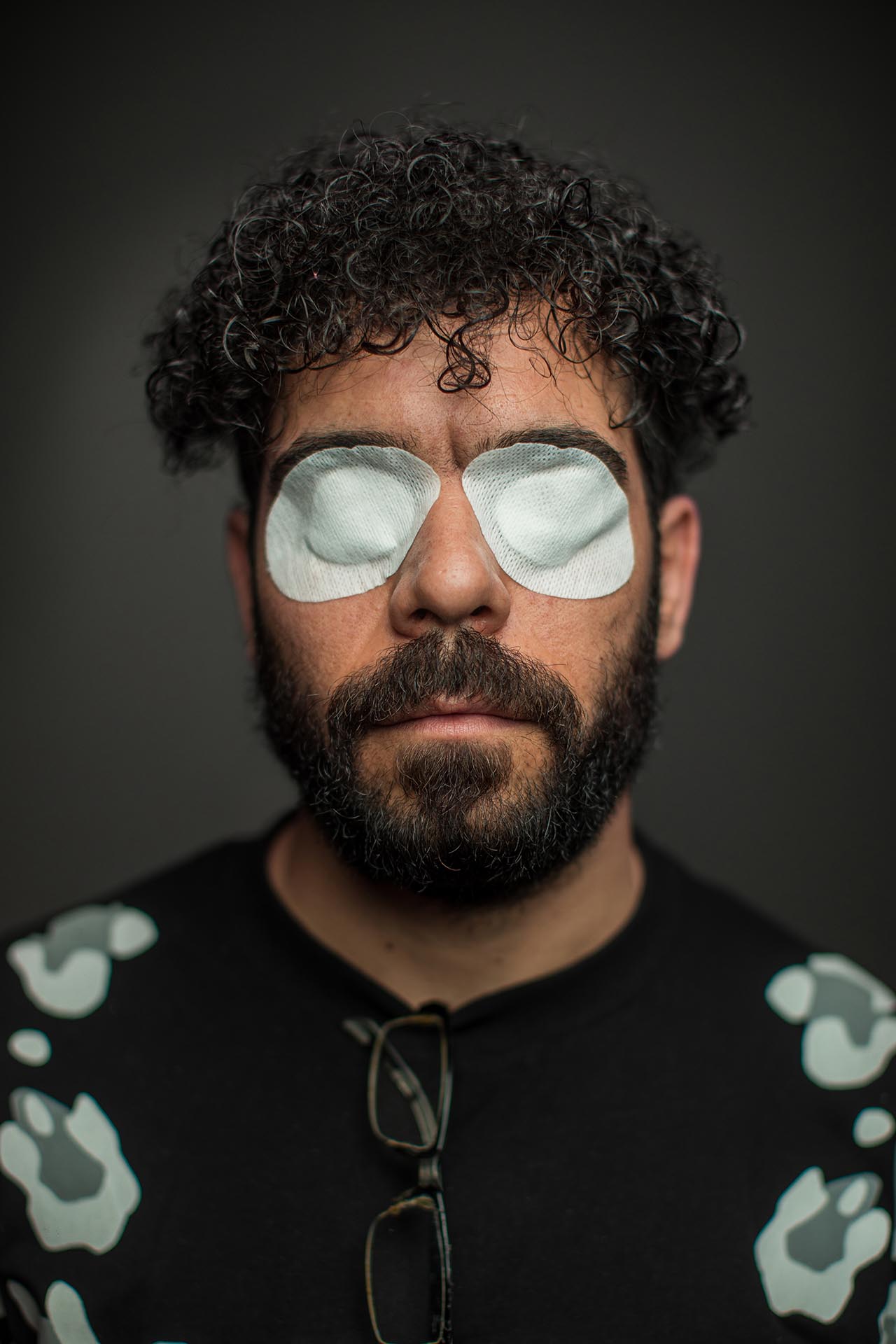
Mohammad Ali, 34, mechanic, but lost his job.
Blinded in both eyes in Tehran.
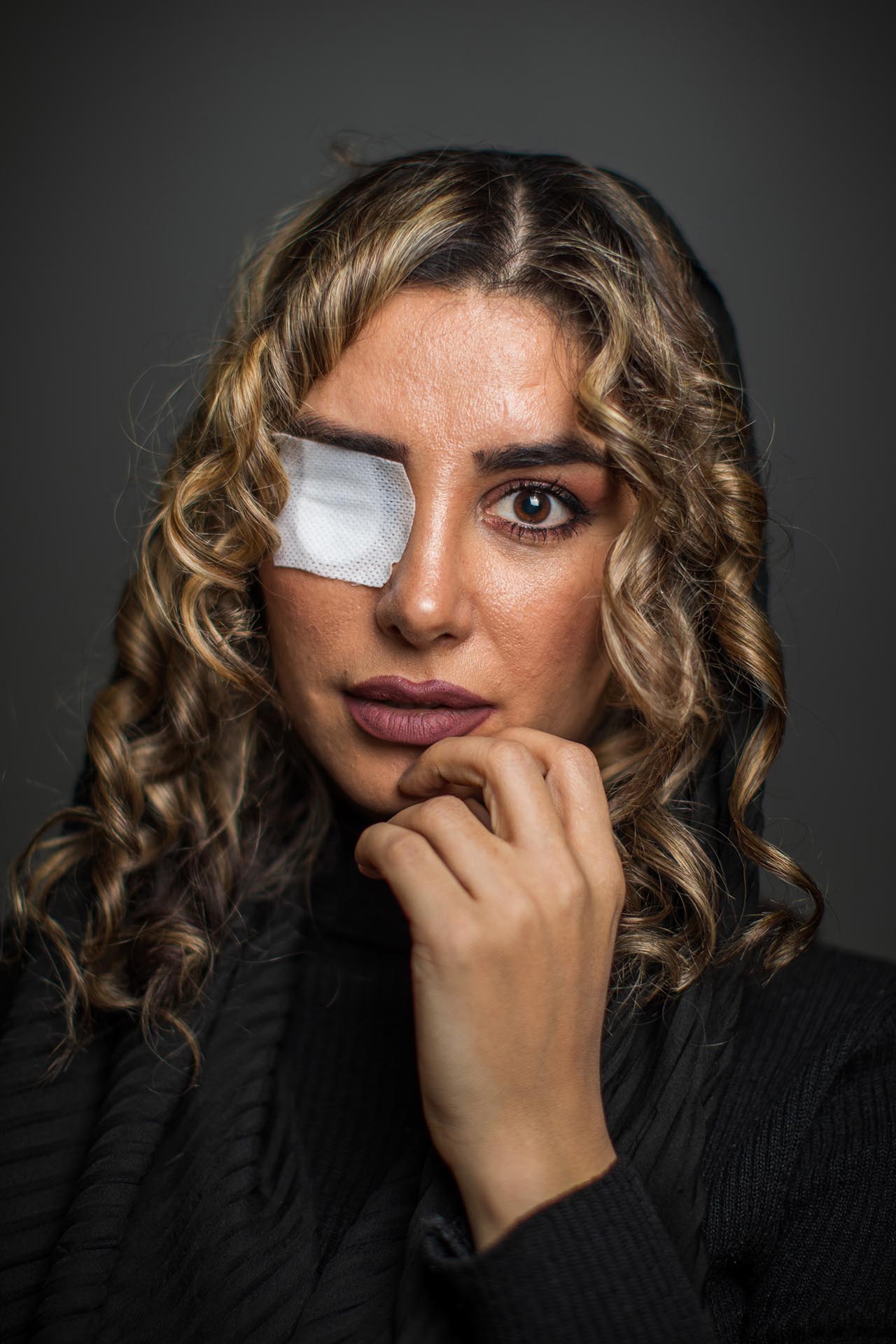
Elaheh, Ph. D. student.
Blinded in Khorasan.
Despite three surgeries to try to save her eye, Ms. Shahinkar was left completely blinded on her right side. The optical nerve and part of the retina in the injured eye had been destroyed by the pellet. The fitness instructor and former accountant said the loss of her eye has made everyday tasks, from maintaining her balance to reading a computer screen, difficult.
Ms. Shahinkar is continuing her fight for a free Iran from abroad, and is using her face as evidence of her country’s brutality. She’s encouraged by continuing protests and defiance of all the repressive measures of the Islamic Republic’s morality police, including compulsory wearing of the hijab, and restrictions on singing and dancing.
The IRGC has been designated a terrorist organization by Bahrain, Saudi Arabia, Sweden and the United States, and Prime Minister Justin Trudeau announced this week that his government is looking at doing the same. The Islamic Revolutionary Guard has been blamed for shooting down Ukraine International Airlines Flight 752 four years ago, killing 176 people, including 55 Canadian citizens and 30 permanent residents.
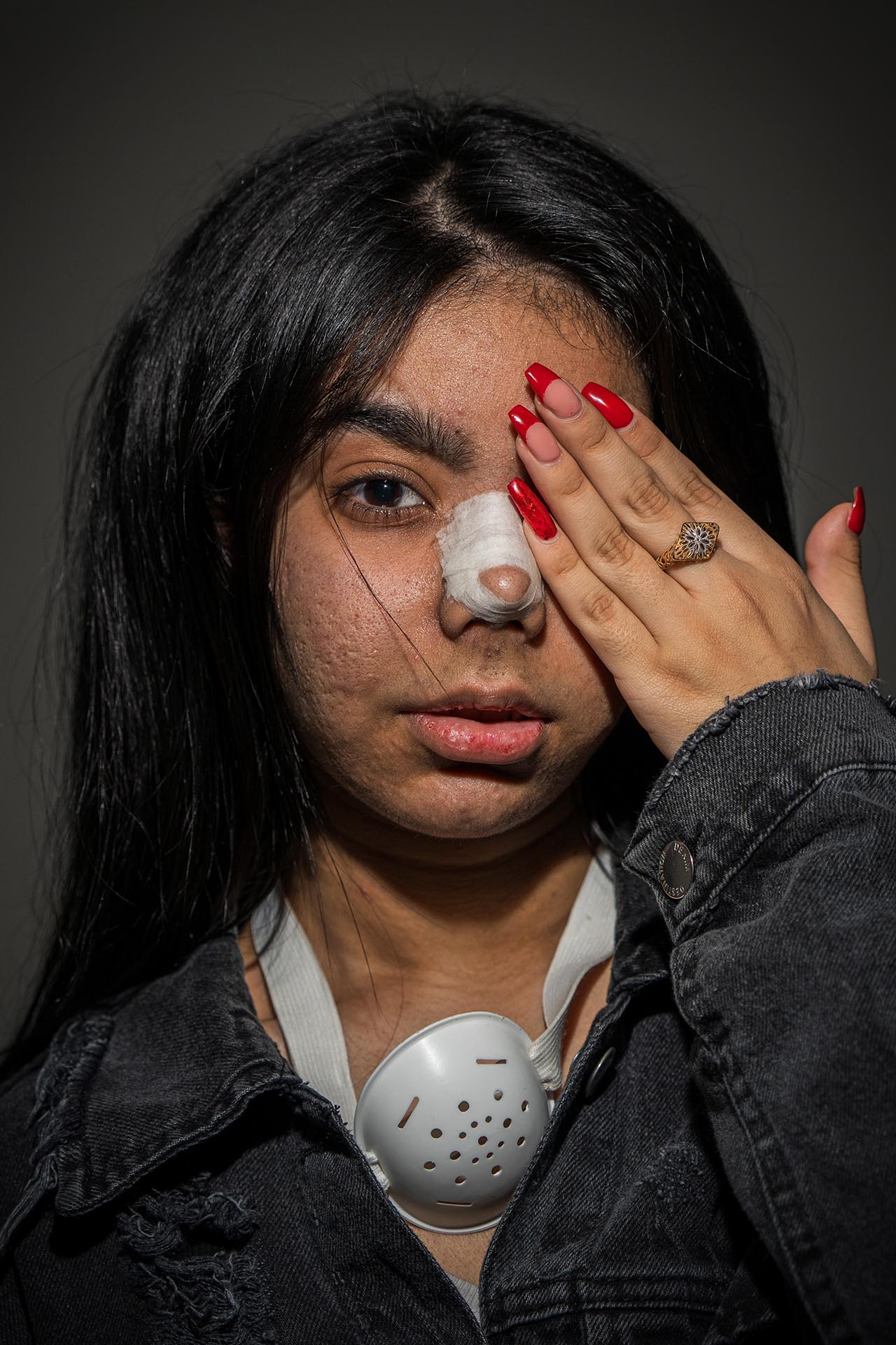
Nazanin, 17, student.
Blinded in Hormozgan.
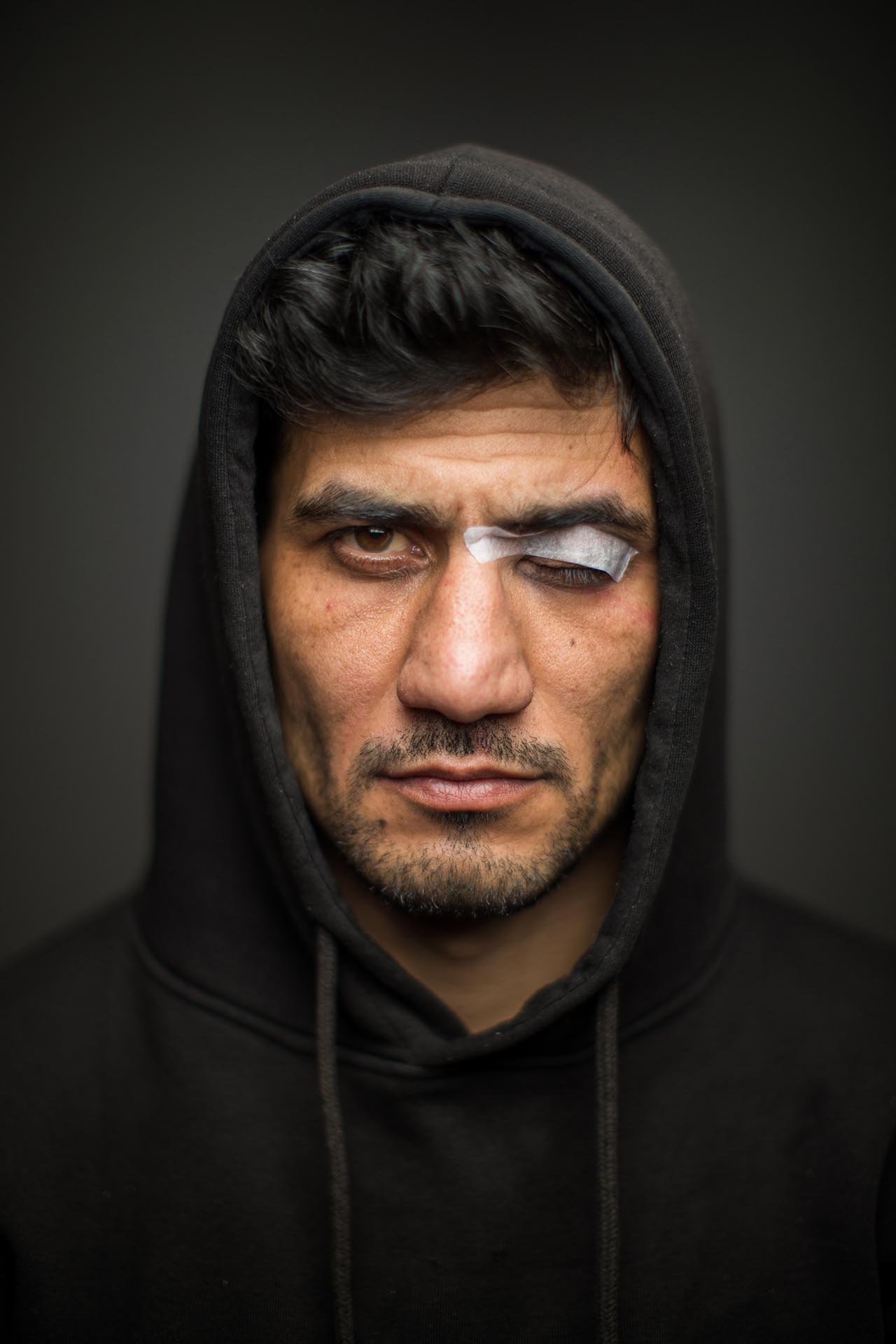
Yaser, 36, plasterer.
Blinded in Hamedan.
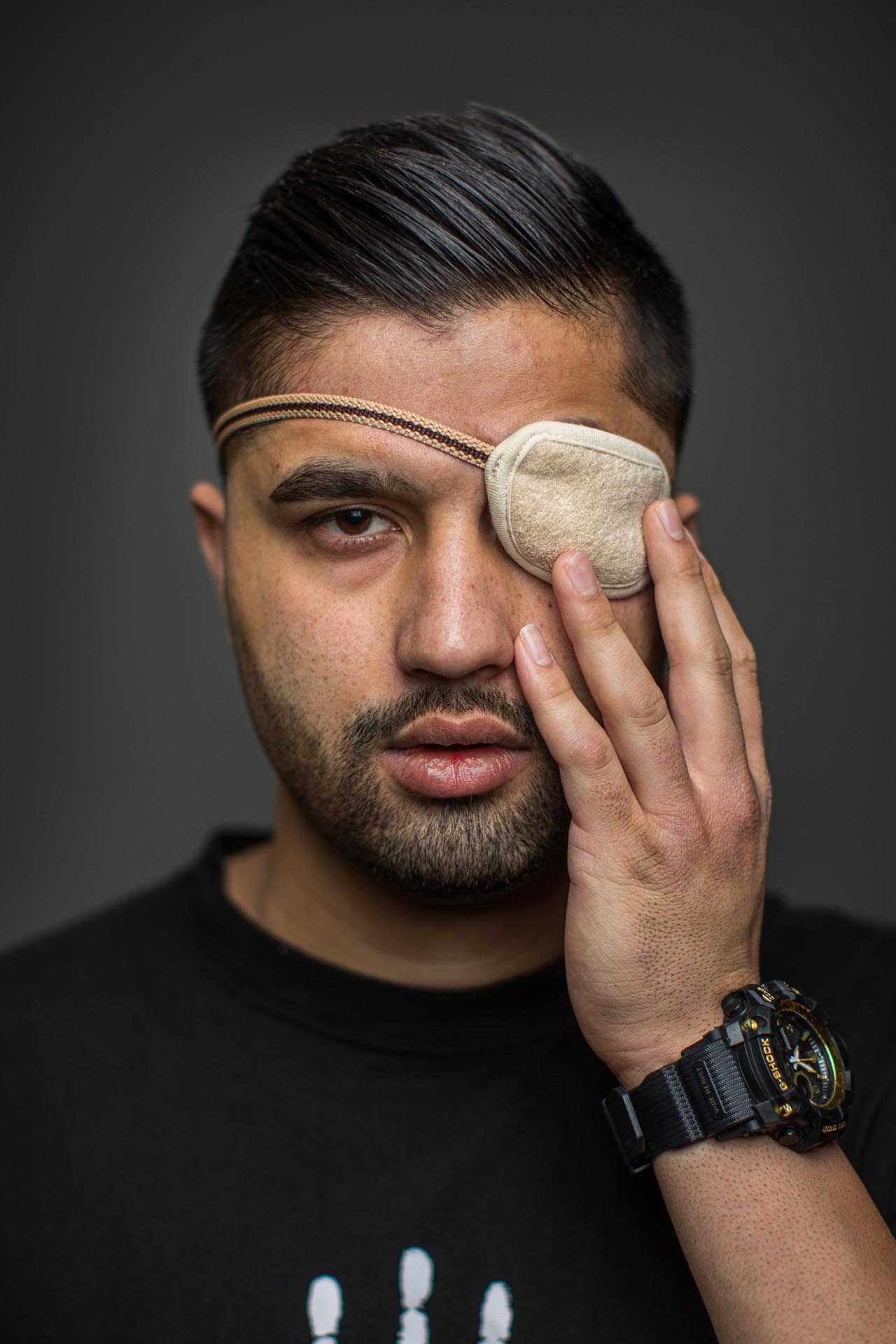
Amir, 24, barber.
Blinded in Tehran.
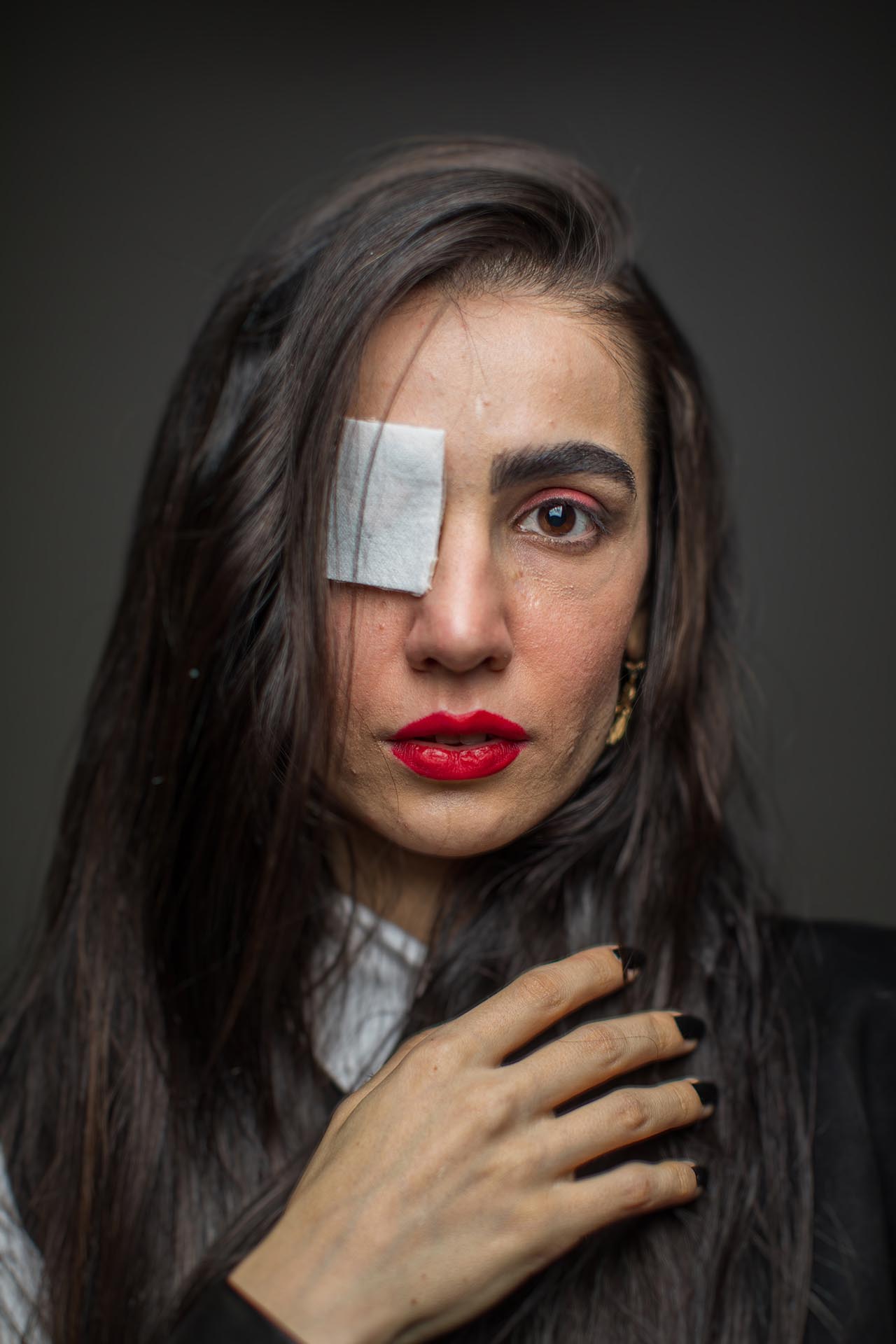
Kimia, 27, bachelor’s degree in physical education.
Blinded in Tehran.
The next challenge, Ms. Shahinkar and other Iranian activists say, is to convince more Western countries to designate the Islamic Republic regime as a terrorist organization for crimes against its own people. It’s an important step in what she calls the “revolution” needed to create a new Iran.
“For some, there’s a heavy price to pay, but this movement is going to succeed,” she said. “We’re still at the beginning of a long road. But I’m hopeful. ... The Islamic Republic is dying from the inside. We just need to be patient.”

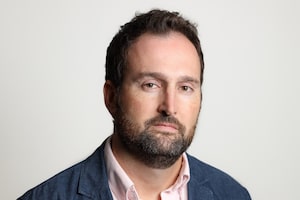 Greg Mercer
Greg Mercer